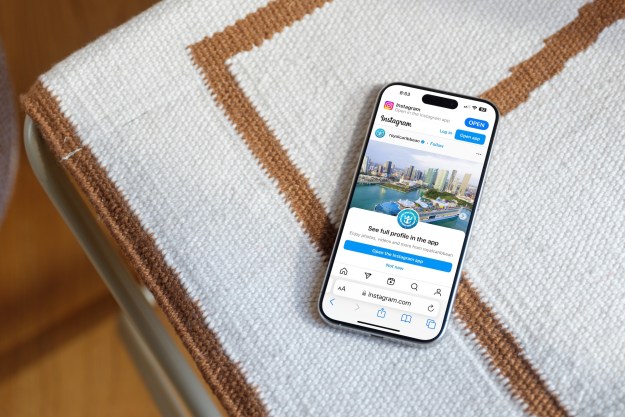
It’s been year and a half since book giant Borders announced its liquidation after years of troubling performance. Though the Borders brand is now gone forever, Barnes & Noble is continuing the good fight to stay relevant in our digital world with its Nook brand of e-readers. But as we continue into 2013, will Barnes & Noble be able to stay ahead with its Nook, or will it fail to survive amid competition from all fronts?
Unlike Borders, B&N made heavy investments in the digital world through the Nook. While the company never saw more than a 30-percent share in the market against giants like Amazon and Apple, it’s fair to say that B&N would be as dead in the water as Borders if it weren’t for Nook. However, the value of the Nook as a brand is weaning as fourth quarter reports show, and the certainty of B&N staying relevant is now in question. Barnes & Noble is continuing to close stores in favor of maximizing profits and keeping itself in the black, but this doesn’t change the fact that if Nook’s performance doesn’t improve, B&N will not last.
So just what is Barnes & Noble doing wrong? Obviously declining paperback sales have been rough for the company. But there isn’t actually anything wrong with the Nook brand itself. With a large library of digital products, fair-priced hardware, and decent reviews, the Nook seems to be buried deeper than at the sum of its parts. Why is it that the Amazon Kindle is outselling the Nook when the two offer virtually the same thing, especially when one has the signature of approval from a company like Microsoft? The answer may lie in B&N’s brand.
The issue, according to analyst and DT columnist Robert Enderle, has to do with brand identity.”It really isn’t about the device anymore but what it is connected to.” This is how Nook is faltering. Barnes & Noble is busy trying to bilge sinking stores while the Nook brand is not getting the nurturing it needs. The Nook may be a good product to sell, but what matters more right now is what you’re plugging into it. As far as Enderle is concerned, “tablets are about ecosystem and Barnes & Noble just doesn’t have it.”
Others are more optimistic. Tom Mainelli, an analyst at IDC, agrees that the Nook’s success depends on more than hardware, but is still confident that B&N can pull through its problems. In fact, speaking with us, Mainelli went as far as to claim “Barnes & Noble could be Amazon’s foil,” emphasizing that while Barnes & Noble has had mediocre performance in recent months, it still has all the tools it needs to be a serious competitor. He pointed out to us that Amazon pretty much copied the Nook Color when it designed the Kindle Fire, and while B&N is doing a lot of good, the problem is that it’s chained to its stores; it thinks too much about its stores, and too much about the Nook hardware. According to Mainelli, Barnes & Noble should be doing more to promote its digital Nook store service and app than its hardware. It shouldn’t matter what hardware you’re on. Nook should run on everything.
In an emailed statement, a B&N representative defended the company’s actions in the past few months: “In only 3 years Barnes & Noble has gained 27-percent of the digital book market …. the company has made significant investments over the past few years building the valuable Nook Digital Retailing Platform.” The company went on to defend its partnerships with companies like Microsoft and Pearson, and that it will continue “delivering the best digital reading, shopping, and content experience in the market.” If nothing else, B&N certainly remains confident in its place in the market, and now that the Nook is among the top 5 tablet vendors, it may still have a chance to be a top player if it makes some serious moves.
Barnes & Noble needs to get digital and start marketing its platform, not its product. With the 140th birthday of the company around the corner, it seems Barnes & Noble is in a bit of a late-life crisis. To pull into the future, it needs to keep closing stores and start pushing the Nook even harder. Going more (if not completely) digital cuts costs, enabling broader spending on marketing and future tech. As Mainelli said, Barnes & Noble needs to be doing what Amazon is doing: getting everyone on its platform, not merely its product. Amazon’s success is not just the Kindle, but the fact it’s one of the top selling apps on both the App Store and Play Store. If B&N expects to survive the coming years, then it needs to start showing people what the Nook’s platform is made of. If not, it may face the final curtain.


